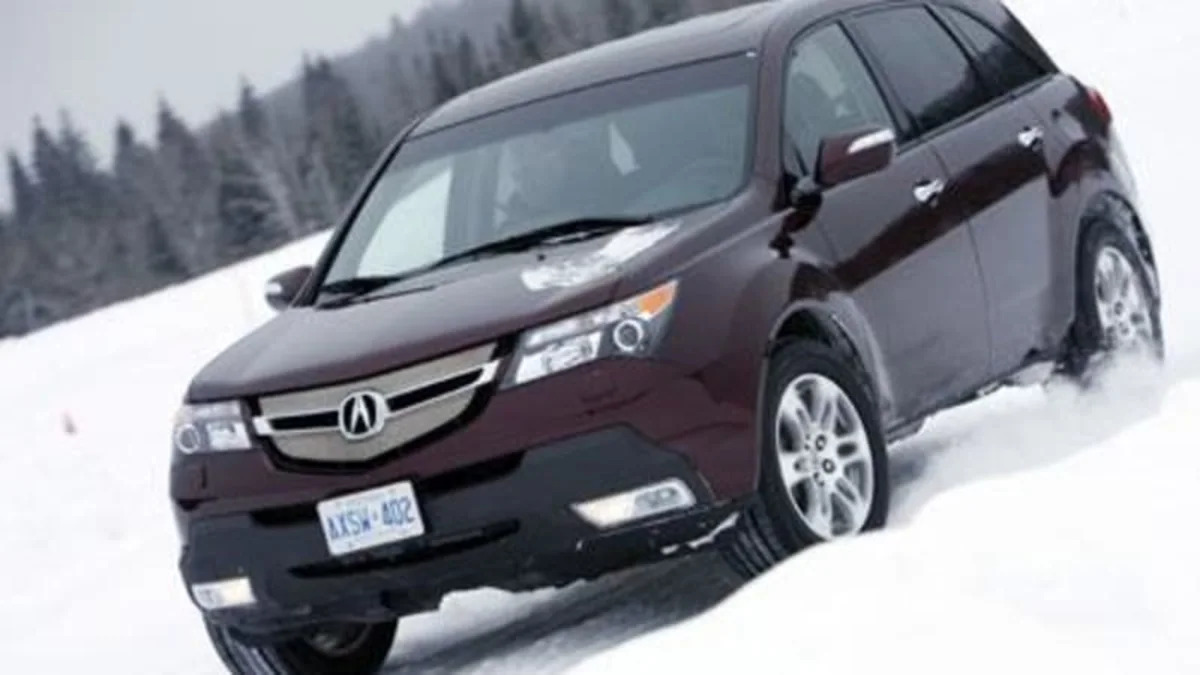The F-16 is inherently unstable and cannot fly without computerized nannies to keep it aloft. As AWD systems in cars get more complex and can do more things more quickly, one wonders if there will come a time when we'll be absolutely unable to drive without gizmos to make sure rubber stays on road. Torque vectoring is the next step in AWD, its contribution being that it can get power to any wheel nearly instantly without having to use the brakes or cut power.
Most current AWD control wheelspin by braking a spinning wheel or cutting the power from the engine. Torque vectoring is achieved by using redesigned differentials that can distribute power to the wheel or wheels that have traction. That means that wheels don't need to be stopped, and even better, you won't suffer from a sudden loss of power as you're negotiating an unexpected loss in traction. The systems in use now or being developed work on FWD, RWD, and AWD cars, and can get power to any wheel or combination of wheels. Ricardo's system can do so in a tenth of a second.
We drove Acuras with SH-AWD (Super Handling All Wheel Drive) earlier this year on an ice track in Montreal, and the difference is remarkable. Where other SUV's stopped in the middle of an icy corner either due to braking or power loss, the Acuras maintained their lines almost at speed. Mitsubishi has used the technology for almost a decade now on its Lancer Evolutions, and Audi and BMW will be joining the party later this year with new systems from Ricardo and ZF.
[Source: Popular Mechanics]


Sign in to post
Please sign in to leave a comment.
Continue